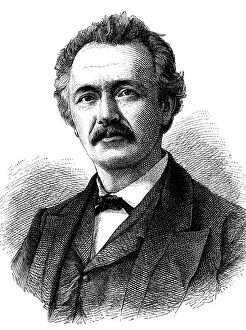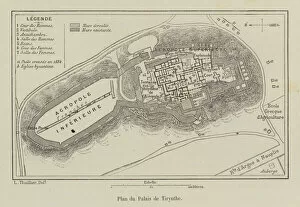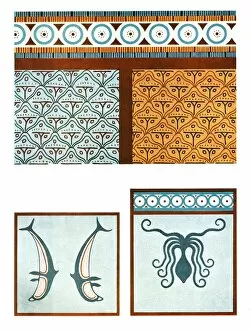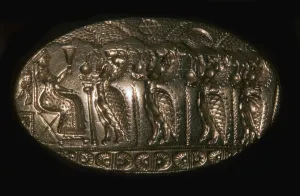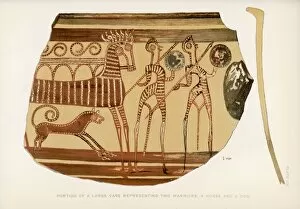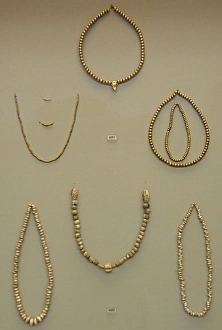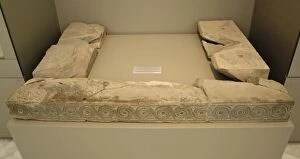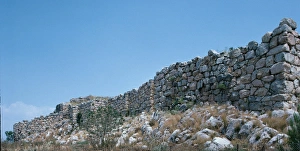Tiryns Collection
Tiryns: Unveiling the Ancient Mycenaean Marvel Step into the world of Tiryns
All Professionally Made to Order for Quick Shipping
Tiryns: Unveiling the Ancient Mycenaean Marvel Step into the world of Tiryns, a captivating archaeological site that has fascinated historians and explorers for centuries. Heinrich Schliemann, the renowned German archaeologist, played a pivotal role in unearthing its secrets. Intrigued by Homers Odyssey, Schliemann embarked on an expedition to uncover the legendary city mentioned in this epic tale. Armed with his expertise and determination, he meticulously excavated Tiryns, revealing its grandeur to the world. Through engravings like "Plan du Palais de Tirynthe, " we catch a glimpse of what this ancient palace might have looked like. The vibrant wall paintings discovered by Schliemann transport us back in time as we marvel at their intricate beauty and glass paste decorations. Amongst these stunning artworks are depictions of mythical creatures such as the Erymanthian Boar and scenes from ancient Greek sacrifices. These images provide valuable insights into the religious practices and beliefs of those who once inhabited this majestic city. The discovery of Hera bull idols further deepens our understanding of worship rituals within Tiryns. These sacred artifacts serve as reminders of how important religion was to its inhabitants. As we explore deeper into this historical treasure trove, we encounter floor paintings that adorned the palace's interiors. Preserved since 1928, these masterpieces offer glimpses into daily life during ancient times – a testament to human creativity transcending millennia. Immerse yourself in history as you traverse through secret stairways leading to postern gates dating back to 15th century BC. Feel your heart race with excitement as you step foot inside the Mycenaean palace-fortress itself – an architectural marvel from Greece's golden age around 13th century BC. Thanks to Heinrich Schliemann's relentless pursuit for knowledge and preservation, Tiryns stands today as a testament to the ingenuity and cultural richness of our ancient ancestors.

